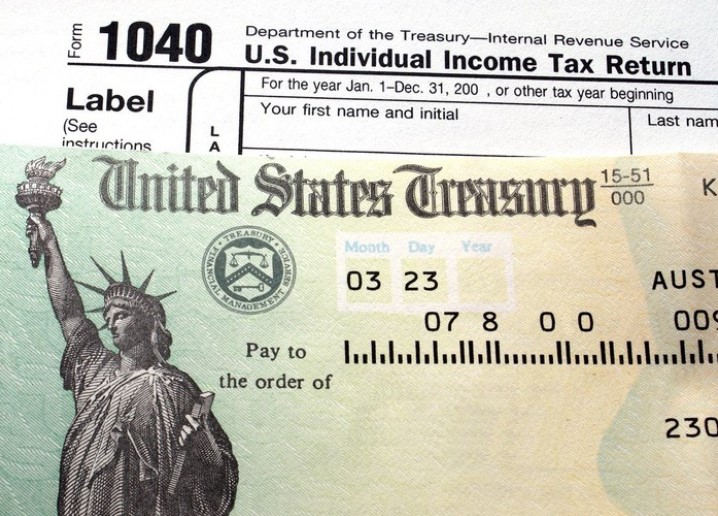
Everybody likes to get money back from the IRS, and as tax season has finally begun, millions of Americans hope that they’ll be able to get tax refunds after they file their returns this year. With more than 70% of taxpayers for the 2018 tax year having received refunds, it’s not uncommon to expect to get at least something back.
Last year, there was some controversy about the size of tax refunds early in the season. That’s somewhat understandable, given that the 2018 tax year was the first for which new tax laws applied. Yet even though there haven’t been nearly as many tax law changes for this filing season, some still worry about whether refunds will be as big as they’ve hoped.
Why people panicked last year
Early last tax season, it appeared as though the size of the typical refund would be significantly lower than it had been the previous year. The earliest set of returns that the IRS processed showed that the average refund was down about $170 from the average for 2017 tax returns filed in early 2018. More worrisome, the IRS had issued about 25% fewer refunds by early February 2019 than it did the previous year by that time.
Yet as time went by, the disparities between the two years began to go away. For the final figures as of late December 2019, 111.8 million taxpayers received refunds, down by just 343,000 from the previous tax season. Although the average refund was down from year-earlier levels, the amount of decline was relatively small: from $2,910 to $2,869.
Will this year be different?
At first glance, there’d seem to be even less reason for tax refunds to change very much during filing season for returns for the 2019 tax year. The elimination of personal exemptions, the increase in the standard deduction, and the changes of rules for a variety of itemized deductions were all one-time events that had an impact on last year’s returns, but shouldn’t see much change in tax figures this time around.
The big question is whether taxpayers made changes to their withholding practices over the past year in response to last year’s refund debacle. Many workers don’t realize that when they file their W-4 tax form when they first begin a job, it plays a major role in determining how much money gets withheld from their paychecks to go toward paying federal income taxes. Therefore, changes to the size of refunds came as a big shock last year.
However, once taxpayers received those refunds last year, many might have taken the opportunity to make some adjustments to the way they have money withheld for taxes. If a significant number of people did change their withholding using Form W-4, then the answer will depend on whether they tended to change it in the same way — and whether the changes turned out to be big or small on average.
What matters to you
Obviously, whether the general public gets bigger or smaller tax refunds isn’t nearly as important to you as whether you’re getting a refund and how big it is. You do have some control over this:
- If you don’t like the idea of giving the federal government an interest-free loan of your money, then you can adjust your withholding and have less money taken out for taxes throughout the year. Your refund will be smaller, but your paychecks will be bigger every pay period.
- Some people like the idea of having a big refund, as it essentially acts as a method of forced savings. Boost your withholding, and you’ll have too much tax taken out of your checks — and that’ll come back to you at tax time.
With few major tax changes this year, it’s unlikely there’ll be a repeat of the tax refund scare that taxpayers dealt with last year. Even so, it’s a good time to look at your tax planning to see whether you should make any changes to your withholding.























